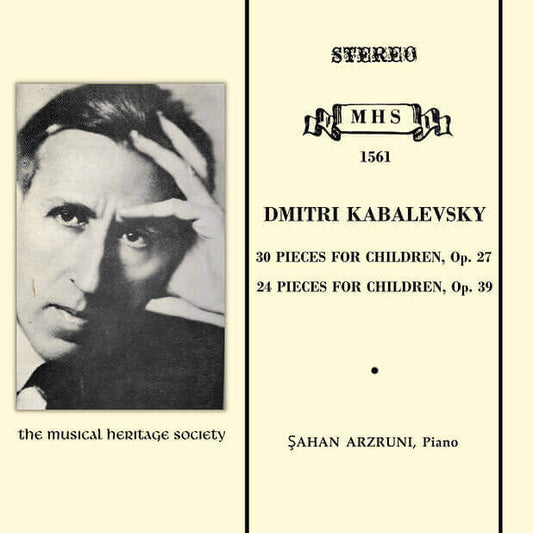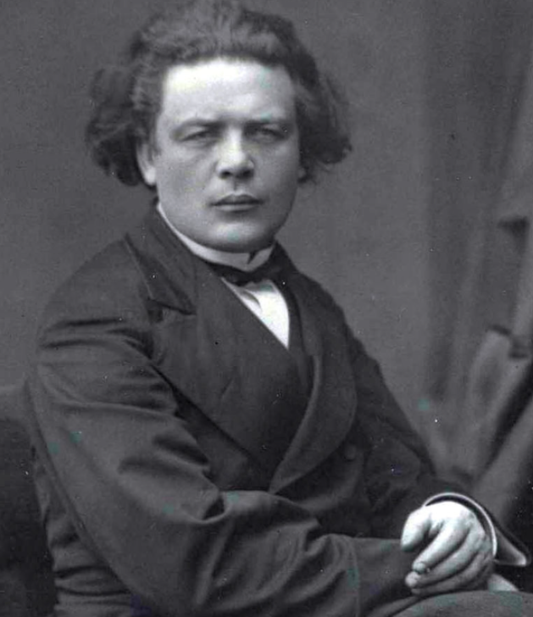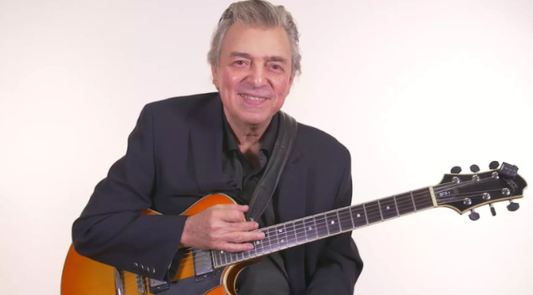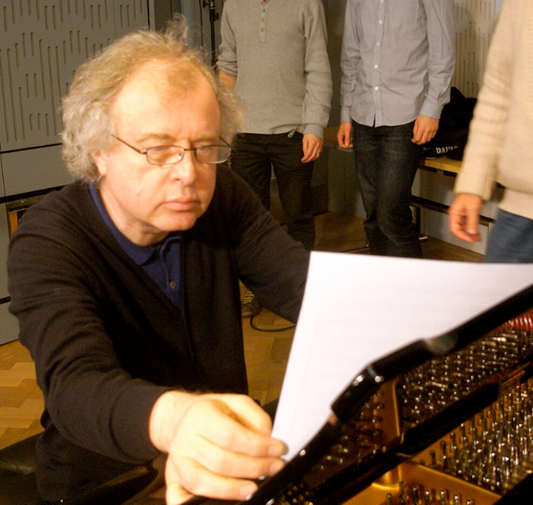Collection: DMITRI KABALEVSKY (1904 – 1987)
Dmitri Borisovich Kabalevsky (30 December 1904 – 14 February 1987) was one of the most prominent and prolific composers of the Soviet era, recognized both for his accessible, lyrical compositions and his profound dedication to music education. Navigating the complex political and artistic landscape of 20th-century Russia, Kabalevsky carved out a significant career, adhering largely to the principles of Socialist Realism while creating works that achieved considerable popularity both domestically and internationally.
Born in St. Petersburg, Kabalevsky initially showed aptitude in poetry and painting before dedicating himself to music. His family moved to Moscow in 1918, where he eventually entered the Moscow Conservatory in 1925. There, he studied composition under Nikolai Myaskovsky and piano under Alexander Goldenweiser, graduating in 1930. Even in his student years, Kabalevsky demonstrated a penchant for clear melodic lines, traditional harmonic language, and well-crafted forms – traits that would characterize his music throughout his life.
Kabalevsky quickly established himself as a composer in the 1930s. His works from this period, including his first three symphonies and the Piano Concerto No. 1, displayed influences from his teachers and the broader Russian romantic tradition. His opera Colas Breugnon (1936-38, revised 1953 and 1969), based on the novel by Romain Rolland, became one of his most enduring stage works, praised for its vibrant orchestration and appealing melodies, particularly the popular overture.
Unlike some of his contemporaries like Prokofiev and Shostakovich, Kabalevsky generally maintained a positive relationship with the Soviet authorities. His music often embodied the ideals of Socialist Realism – optimism, accessibility, patriotic themes, and roots in folk traditions. While he was briefly named among composers criticized during the infamous Zhdanov Decree of 1948, he managed the situation deftly, publicly repenting and continuing to hold influential positions within the Union of Soviet Composers. He received numerous state honors, including the Stalin Prize (multiple times), the Lenin Prize, and the title of Hero of Socialist Labour.
Perhaps Kabalevsky's most significant and lasting contribution lies in the field of music education. He passionately believed that music should be an integral part of every child's development and dedicated enormous energy to creating high-quality pedagogical materials. He developed a comprehensive music curriculum for Soviet schools and composed a vast amount of music specifically for young performers. His piano pieces for children – including sonatinas, variations, and collections like "Children's Pieces" Op. 27 – are staples of the teaching repertoire worldwide, valued for their pedagogical effectiveness, musical charm, and technical suitability for developing pianists. His Piano Concerto No. 3 ("Youth," 1952) and Cello Concerto No. 1 (1948-49) were also conceived with young virtuosos in mind and remain popular choices for student competitions and concerts.
His major concert works, beyond the early successes, include the lyrical and widely performed Violin Concerto (1948), the dramatic Cello Concerto No. 2 (1964), and the Symphony No. 4 (1956). He also wrote film scores, chamber music, songs, and cantatas, often on patriotic or historical themes, such as the cantata Leninists and the Requiem dedicated to those who died fighting fascism (1962).
Kabalevsky's musical style is characterized by its clarity, strong melodic profile, conventional harmony often infused with modal touches derived from Russian folk music, and rhythmic vitality. While sometimes criticized for lacking the depth, complexity, or daring of Shostakovich or Prokofiev, his craftsmanship was undeniable, and his ability to write genuinely appealing and effective music across various genres was remarkable.
Dmitri Kabalevsky died in Moscow in 1987. His legacy is twofold: as a significant Soviet composer whose works continue to be performed, particularly his concertos and opera overtures, and, perhaps more importantly, as a tireless advocate and creator for music education, whose contributions have enriched the musical lives of countless young people around the globe.




